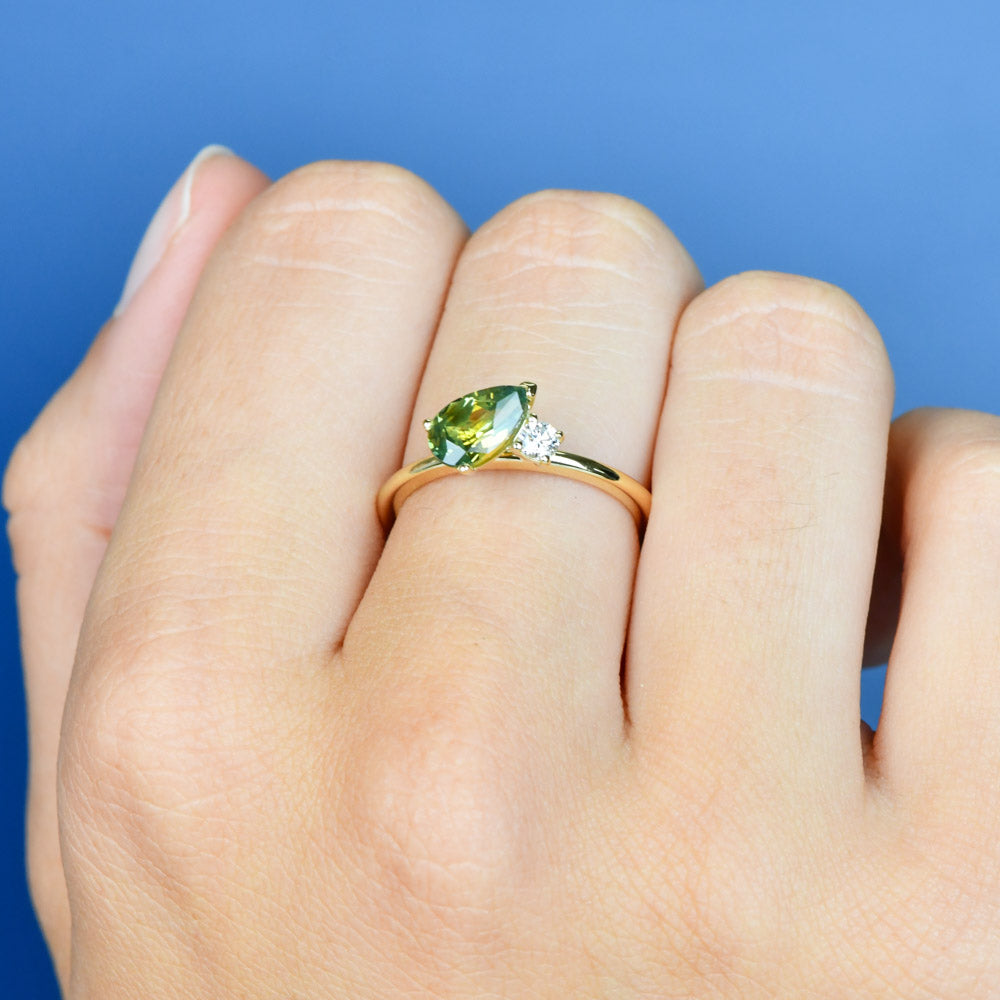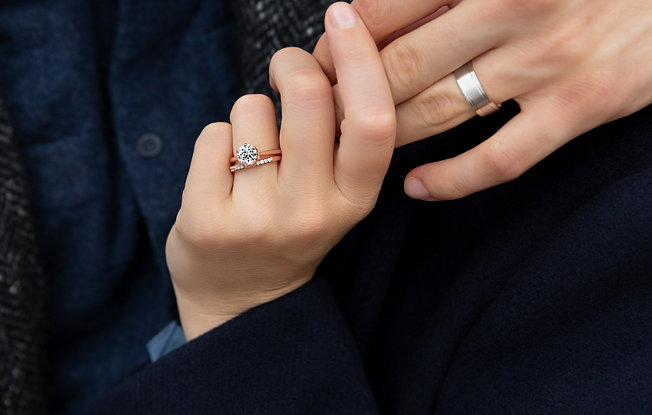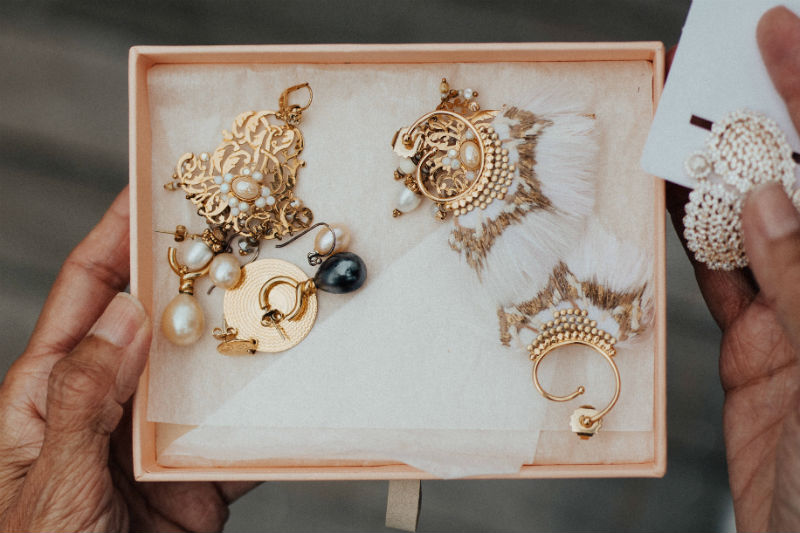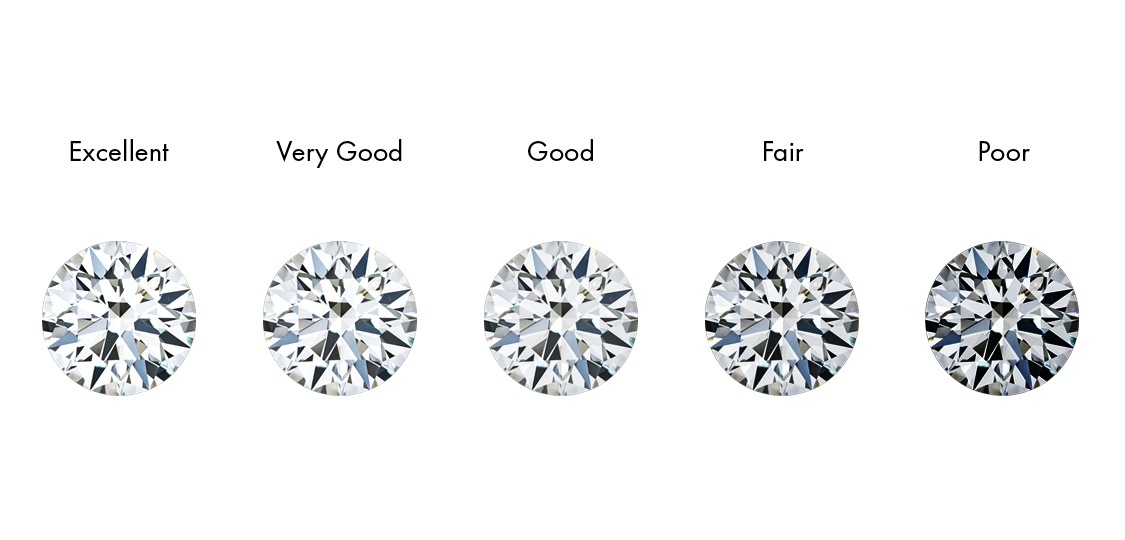When it comes to diamonds, the cut plays a vital role in determining its beauty and overall appearance. A diamond’s cut is not to be confused with its shape. While the shape refers to the geometric form of the diamond (round, princess, oval, etc.), the cut refers to how well the diamond has been shaped, faceted, and polished. In essence, the cut of a diamond influences how it reflects light, how much brilliance it exudes, and how vibrant it appears to the naked eye.
Let’s dive into the key aspects of diamond cuts and why they matter so much.
Table of Contents
The 4Cs of Diamonds
Before we explore the specific cuts, it’s important to understand how the cut fits into the overall evaluation of a diamond. Diamonds are graded based on the “4Cs,” which include:
- Carat weight – How much the diamond weighs.
- Clarity – The presence of internal or external imperfections.
- Color – The lack of color in a diamond (the less color, the more valuable).
- Cut – The most important factor when it comes to a diamond’s beauty.
Among these, the cut is often considered the most important because it directly affects how a diamond sparkles and interacts with light.
What Makes a Diamond Cut Perfect?
The ideal diamond cut is one that maximizes a diamond’s brilliance and fire—the play of light and color within the stone. When a diamond is cut well, it captures light and reflects it through its facets, creating that dazzling sparkle that people adore. However, when the cut is poor, light can leak out from the bottom or sides, reducing the stone’s brilliance.
The quality of a diamond cut is assessed on several key factors:
- Symmetry: The faceting pattern should be perfectly aligned. Symmetry issues can affect how light passes through the stone.
- Proportions: This includes the angles and dimensions of the diamond. Proper proportions help ensure that light is captured and reflected properly.
- Finish: A smooth, well-polished surface is key for enhancing light reflection. A poor finish can diminish the overall sparkle.
- Depth and Table: The depth refers to how deep the diamond is, and the table is the flat top surface. The right proportions between these elements help create a balanced and radiant stone.
The Different Types of Diamond Cuts
The term “cut” doesn’t refer to just one style, but rather to a range of possible faceting styles. Here are the most popular types of diamond cuts:
- Round Brilliant Cut
This is the most common and popular cut, known for its exceptional ability to reflect light. With 58 facets, man made diamonds, the round brilliant is designed to achieve maximum brilliance. It is ideal for those looking for a diamond that sparkles the most. - Princess Cut
The princess cut is a square or rectangular shape with pointed corners. This cut is also known for its brilliance, offering a contemporary, elegant look. Its modern appeal makes it a favorite for engagement rings. - Emerald Cut
Unlike the round and princess cuts, the emerald cut has fewer facets, with a long rectangular shape and a “step cut” that creates a hall-of-mirrors effect. This cut showcases the clarity of the diamond and has a vintage, sophisticated aesthetic. - Asscher Cut
Often considered a square version of the emerald cut, the Asscher cut features stepped facets and a deep pavilion. It is a timeless and vintage style that offers a unique visual appeal. - Cushion Cut
Resembling a pillow, the cushion cut is a mix between a square and a round shape with soft, rounded edges. This cut often combines vintage charm with a touch of modern appeal. It’s particularly loved for its romantic, old-world feel. - Oval Cut
The oval cut offers the same brilliance as the round cut but with an elongated shape. It can give the illusion of a larger diamond, as its shape maximizes surface area. This cut is popular for those seeking a distinctive look while maintaining sparkle. - Marquise Cut
With its elongated shape and pointed ends, the marquise cut creates the illusion of a larger size. The cut reflects light beautifully, offering plenty of sparkle and drama. This cut is often chosen for its unique and elegant appearance. - Radiant Cut
A mix between the round brilliant and the emerald cut, the radiant cut combines the sparkle of a round with the angular shape of a rectangle or square. Its modified brilliant facet pattern enhances brilliance while giving the diamond a modern twist. - Pear Cut
The pear cut, also known as the teardrop shape, is a combination of the round and marquise cuts. It is often seen in both engagement rings and pendants, known for its elongated shape that gives a sense of grace and elegance.
Diamond Cut Grading
Diamonds are graded on cut quality based on several factors like proportions, symmetry, and finish. The cut grades typically range from:
- Excellent: The diamond has ideal proportions, symmetry, and finish, offering maximum brilliance.
- Very Good: Nearly perfect with slight variations that don’t affect brilliance too much.
- Good: The diamond’s cut is still decent but may show some noticeable inefficiencies in light reflection.
- Fair: The cut shows clear issues that detract from the diamond’s sparkle.
- Poor: Significant issues in the cut result in a dull or lifeless appearance.
Why the Cut Matters
The cut influences not only the diamond’s sparkle but also its overall appearance and value. A well-cut diamond, regardless of its carat weight or clarity, will appear more dazzling. A poorly cut diamond, even if it’s large and clear, can appear lackluster. Choosing the right cut is critical for getting the most beauty and brilliance from your diamond.
Conclusion
When selecting a diamond, it’s important to consider the cut carefully. While a diamond’s carat weight and clarity are factors to think about, it’s the cut that brings out its true sparkle and brilliance. Whether you opt for the timeless round brilliant, the elegant emerald cut, or the romantic cushion cut, a well-cut diamond will always make a lasting impression.













